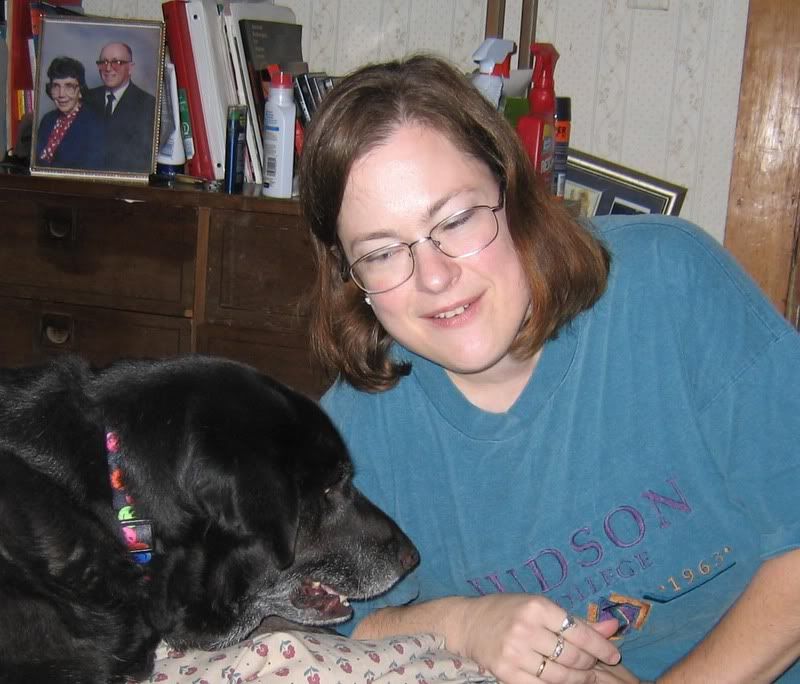Blue Moth Abstract

This is one of three experiments I did based on a technique from the book Acrylic Revoluation. I am waiting for Belinda's class to start, but I have my materials and I have been reading the book to get familiar with the techniques. Since rice paper/rag paper were not mentioned on our materials list, I think it is safe to assume that we were not going to use this particular technique in the class; but I thought it looked cool, so I decided to try it. I went to Paper Resource in Chicago and got some sheets of white artist paper (not sure if it is rice paper or not) that I thought would work. During my next work session, I made up three canvases--one with the artist paepr, one with aqua tissue paper (very hard to handle when wet) and one with white mulberry paper. The technique calls for one to cut the paper a little larger than the canvas or other substrate, spray the paper with a bit of water, crumple it up tightly into a ball, put a layer of matte medium onto the substrate (I found it needed a pretty substatial layer to stick well), spread out the wet paper and attach evenly to the canvas WITHOUT smoothing out the wrinkles. Then take a piece of dry paper towel and pat the damp paper down onto the substrate to it will adhere well. Let dry for several hours, then paint as desired, with best results from diluted fluid acrylics.
For this particular canvas, I used diluted fluid Golden acrylics (ultramarine blue and phthalo green) to create the background. It made a beautiful feathery texture, and the patterns on the paper show slightly because the pigment accumulated there. I let it dry. Then I decorated it with glass bead medium. I almost left it at that because I loved the background so much (which happens to me a lot). But then I decided to do some decorating. I used blue interference paint to highlight the dried bead medium and the ultramarine paint I put over it in spots. Next, I used Golden Iridescent Pearl paint to highlight parts of the paiting, adding fingerprints in two places. After I let this dry, I looked at it carefully. It needed a focal point. It needed something dimensional. I looked at some hand fused glass pieces I made a few years ago, and one of them jumped up and yelled, "Me! Me! Me!" So I glued it on with E6000.
Considering what a raw beginner I am, I am happy with it. It makes me feel good when I look at it, and I had fun making it. So I guess that makes it a successful piece of art.


4 Comments:
That's wonderful! If I had any energy I would get up and use your wonderfully written instructions and try it myself right now! Keep us updated on your experiments with this book.
Scarlett
Belinda's class to start? When she just left everyone hanging after making us buy that book. I find this disgusting. As for what you did Sarah, very inspiring but let's not mention that deadbeat.
I do not know who wrote the above comment. I am trying to figure out how to delete it.
I love the colors and feel of this one! Excellent! You gotta love E6000! My favorite glue!
Post a Comment
<< Home